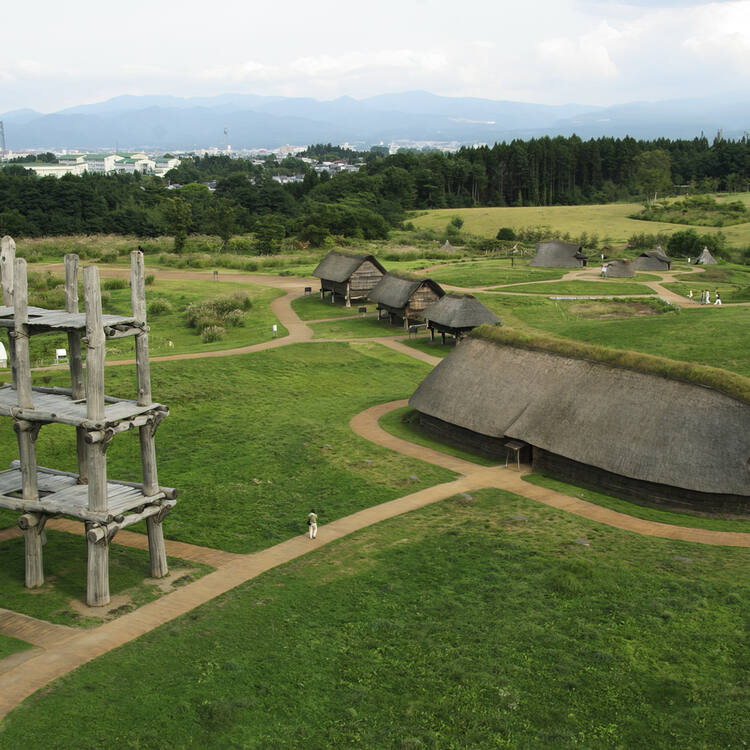遗产数据库
日本北部的绳纹史前遗址群Jomon Prehistoric Sites in Northern Japan
摘要: 日本北部的绳纹史前遗址群绳纹史前遗址群由北海道南部和东北地方北部的17个考古遗址组成,覆盖从山区和丘陵到平原和低地、从内陆海湾到湖泊河流的多样化地理环境。它们见证了进入农耕社会之前就已定居下来的绳纹文化及其复杂的精神信仰体系和仪式在过去一万多年的发展。该遗址群还展现了从公元前13000年左右发展起来的以狩猎-捕鱼-采集为基础的定居社会的 ...
日本北部的绳纹史前遗址群
绳纹史前遗址群由北海道南部和东北地方北部的17个考古遗址组成,覆盖从山区和丘陵到平原和低地、从内陆海湾到湖泊河流的多样化地理环境。它们见证了进入农耕社会之前就已定居下来的绳纹文化及其复杂的精神信仰体系和仪式在过去一万多年的发展。该遗址群还展现了从公元前13000年左右发展起来的以狩猎-捕鱼-采集为基础的定居社会的产生、发展、成熟和对环境变化的适应。这里有绳纹人精神信仰的承载实物,如漆壶、有足印的泥板、著名的目镜粘土俑(dogu),以及包括土垒和直径超过50米的大石圈在内的仪式场所。这一系列遗迹展示了罕见的农耕前定居社会从出现到成熟的极早期发展。
Jomon Prehistoric Sites in Northern Japan
The property consists of 17 archaeological sites in the southern part of Hokkaido Island and northern Tohoku in geographical settings ranging from mountains and hills to plains and lowlands, from inland bays to lakes, and rivers. They bear a unique testimony to the development over some 10,000 years of the pre-agricultural yet sedentary Jomon culture and its complex spiritual belief system and rituals. It attests to the emergence, development, maturity and adaptability to environmental changes of a sedentary hunter-fisher-gatherer society which developed from about 13,000 BCE. Expressions of Jomon spirituality were given tangible form in objects such as lacquered pots, clay tablets with the impression of feet, the famous goggle eyed dogu figurines, as well as in ritual places including earthworks and large stone circles reaching diameters of more than 50 metres. The serial property testifies to the rare and very early development of pre-agricultural sedentism from emergence to maturity.
source: UNESCO/CPE
Description is available under license CC-BY-SA IGO 3.0

Sannai Maruyama Site © Sannai Maruyama Jomon Culture Center
